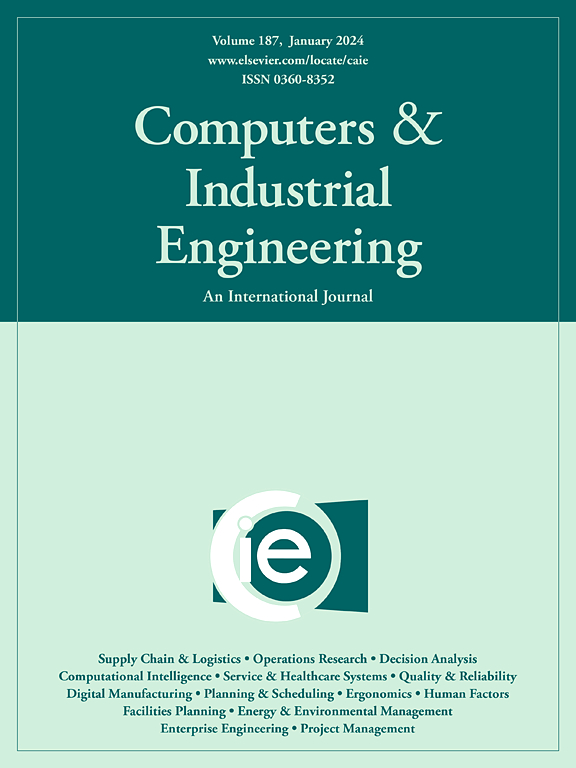多目标优化工作包方案问题,最大限度减少项目碳排放和成本
IF 6.7
1区 工程技术
Q1 COMPUTER SCIENCE, INTERDISCIPLINARY APPLICATIONS
引用次数: 0
摘要
本文章由计算机程序翻译,如有差异,请以英文原文为准。
Multi-objective optimization of work package scheme problem to minimize project carbon emissions and cost
The construction industry accounts for around 30% of global energy consumption and 33% of CO2 emissions. For the carbon neutrality initiative, reducing carbon emissions from construction projects become a critical objective for project success. However, a dilemma arises in balancing carbon emissions and project cost, particularly during the work package-based project planning phase. To address this issue, this article presents a novel multi-objective optimization model for the work package scheme problem, aimed at minimizing both project carbon emissions and cost. Multi-objective Evolutionary Algorithms (EAs) are developed to solve the model. Firstly, a multi-objective Mixed-Integer Programming (MIP) model is developed to establish the functional relation between work package attributes (duration and work content) and optimization objectives (carbon emissions and cost). Secondly, two multi-objective optimization EAs, NSGA-II and SPEA2, are developed to obtain the Pareto frontier. The experimental results indicate that NSGA-II and SPEA2 exhibit superior trade-off capabilities compared to the Gurobi and the state-of-the-art heuristic algorithm. Compared to Gurobi, the proposed EAs achieve an approximately 68% reduction in carbon emissions, accompanied by about an 11% cost increase. Compared to the heuristic algorithm, the EAs achieve around 10% reductions in carbon emissions with an approximately 5% cost increase. Additionally, sensitivity analysis conducted on a project instance dataset demonstrates the robustness of the proposed model and algorithms. This article paves the way for achieving low-carbon and sustainable construction project management in the context of carbon neutrality.
求助全文
通过发布文献求助,成功后即可免费获取论文全文。
去求助
来源期刊

Computers & Industrial Engineering
工程技术-工程:工业
CiteScore
12.70
自引率
12.70%
发文量
794
审稿时长
10.6 months
期刊介绍:
Computers & Industrial Engineering (CAIE) is dedicated to researchers, educators, and practitioners in industrial engineering and related fields. Pioneering the integration of computers in research, education, and practice, industrial engineering has evolved to make computers and electronic communication integral to its domain. CAIE publishes original contributions focusing on the development of novel computerized methodologies to address industrial engineering problems. It also highlights the applications of these methodologies to issues within the broader industrial engineering and associated communities. The journal actively encourages submissions that push the boundaries of fundamental theories and concepts in industrial engineering techniques.
 求助内容:
求助内容: 应助结果提醒方式:
应助结果提醒方式:


